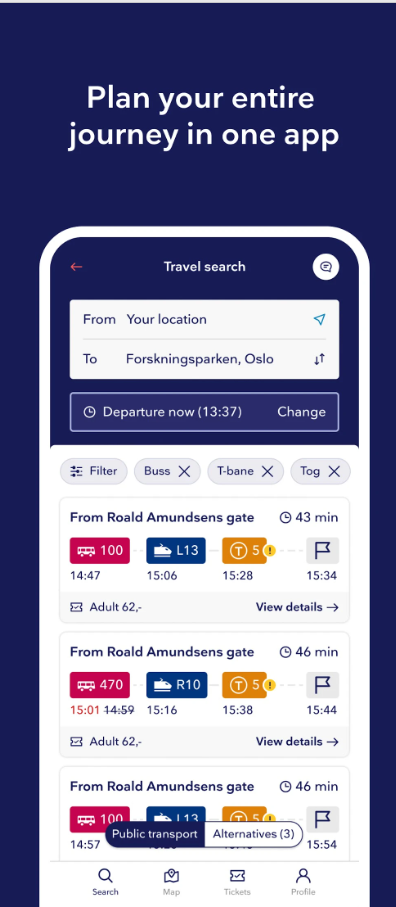
In the latest edition of IEEE's Software, there is a special focus on open source in the public sector, presenting interesting cases of its adoption in Europe and the US. We highly recommend that our readers explore the entire magazine, as it offers valuable insights into the mechanisms facilitating open source utilisation in the public sector. Among the featured case studies, one particularly captivating example revolves around Entur, a Norwegian public transport organisation that employs open source processes and tools to drive its digital transformation. This case study sheds light on the complexities and advantages of in-house open source development.
Previously, we discussed the case of Stadnavi, which originated from the initiatives of Helsinki's Department of Transport's Digitransit. In this instance, Entur collaborated with local actors to develop an innovative trip planning approach, leveraging open data and making a deliberate choice to conduct development in-house while utilising existing open source software components. Considering the challenges associated with digitalising mobility, Entur's decision allowed for an agile and adaptable software development approach.
However, this transition has introduced additional responsibilities and challenges for Entur. To address them, the organisation has been actively developing DevOps capabilities to manage software deployment, enabling controlled rollout and rollback of solutions. As a result, the developers responsible for the code have assumed greater accountability, fostering a stronger sense of ownership.
One of the challenges encountered by Entur pertains to reliance on external actors, particularly within the OSS community. While certain functionalities can be readily reused, others may require uncertain development timelines or additional work from Entur. For example, OpenTripPlanner lacks essential routing aspects for e-scooters, such as geofencing. Entur deliberates on when to intervene and develop these functionalities internally, as they anticipate others in the community to eventually address them. The difficulty in establishing clear roadmaps with OSS components leads to internal discussions and diverges from traditional procurement practices.
Contrary to common assumptions, adopting OSS has not provided immediate cost-saving benefits for Entur. Extensive efforts are necessary to standardise use cases, documentation, and foster productive collaboration with OSS communities. Evaluating the maturity of OSS projects and ensuring their sustainability demands significant time investments. Nevertheless, these endeavours are crucial for Entur to establish itself as a reliable partner within the OSS community. The development team must consistently showcase the organisational agility and advantages derived from engaging with external ecosystems to persuade decision-makers of the value of this approach.
One notable success story for Entur involves delivering unexpected value promptly, such as offering less-crowded journey options during the pandemic. These achievements aid in justifying the additional costs associated with adopting OSS and maintaining support from management.
If you’re interested, you can learn the full story here.
Photo by Mohit Tomar on Unsplash

